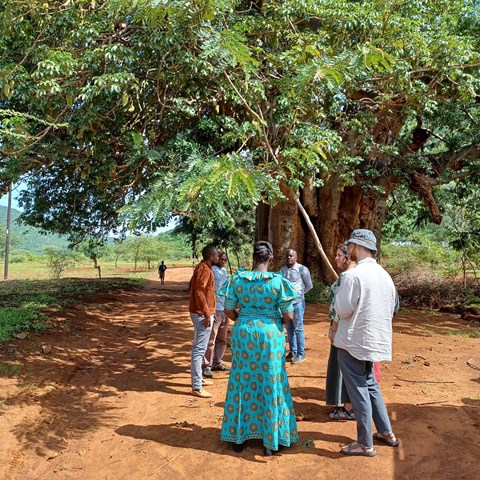How can you as a standard developer make sure that you include the right processes and tools for your standard to contribute to positive impacts on local populations?
Carbon forestry projects usually communicate all the good things about their results and gloss over potential problems - projects may sound perfect when described on webpages, in project design documents or when presented to certifying bodies by the project implementer on site. Companies, retailers and consumers rely heavily on standards to provide assessments of projects and put pressure on project proponents to improve any problematic aspects of their projects.
 |
This guide can be used in the development of standards, for example the questions could give guidance on how to assess of Project Design Documents/Project Description Templates, or evaluate projects. |
 |
Warning signs point to great risks for negative local impacts. You should make sure that projects that raise warning flags cannot slip through the scrutiny of your standard.
|
Click on one of these five themes to see the guide:
- Understanding the local context
- Land use and access for local populations
- Degradation/deforestation
- Socio economic opportunities and risks for local populations
- Power relations including participation
If you find that a standard designed around this guide ends up being so strict that very few projects would be considered ‘good enough’ today, we hope that you still want to develop a stricter standard and encourage projects to live up to it. The actors buying carbon credits are likely to demand stricter standards as they become more aware of the complexity of projects and the many problems that can arise.
Vocabulary
Scientific References


